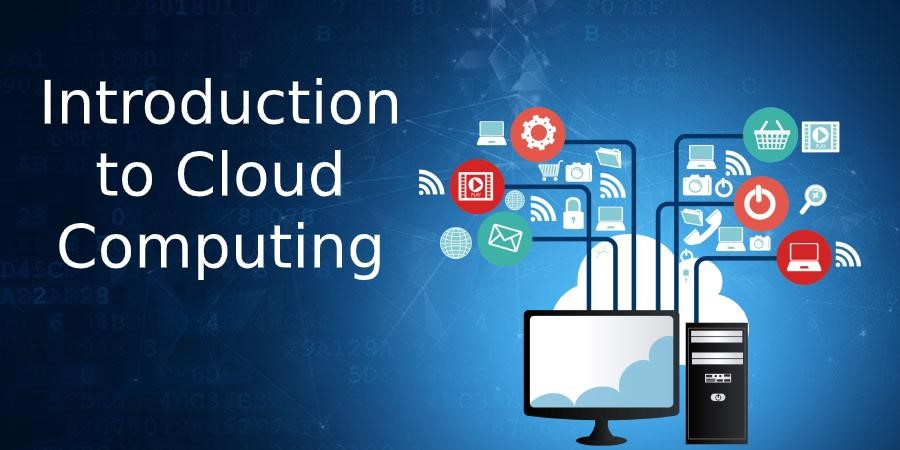Description
In today’s rapidly evolving technological landscape, cloud computing has become a cornerstone of modern infrastructure. This introductory course offers a comprehensive exploration of cloud computing, catering to beginners and those seeking to deepen their understanding of this revolutionary technology. Through a blend of theoretical concepts and practical applications, students will embark on a journey to grasp the fundamentals, functionalities, and real-world implications of cloud computing.




Abraham –
As an IT professional looking to upskill in cloud computing, this course exceeded my expectations. The comprehensive overview of cloud service models, architecture, and security considerations provided valuable insights that I can apply in my day-to-day work. The instructors were knowledgeable and responsive to questions, making the learning experience enjoyable and rewarding.
Matthew –
I was impressed by the depth of content covered in this course. Each module was well-structured, offering a balanced mix of theory and practical applications. The instructors demonstrated a thorough understanding of the subject matter, and the real-world examples helped me grasp complex concepts with ease.
Julius –
This course provided an excellent foundation in cloud computing. The lectures were clear, concise, and engaging, covering everything from basic concepts to advanced security practices. The hands-on labs were particularly helpful in solidifying my understanding.